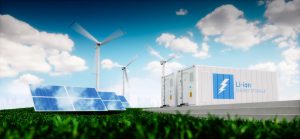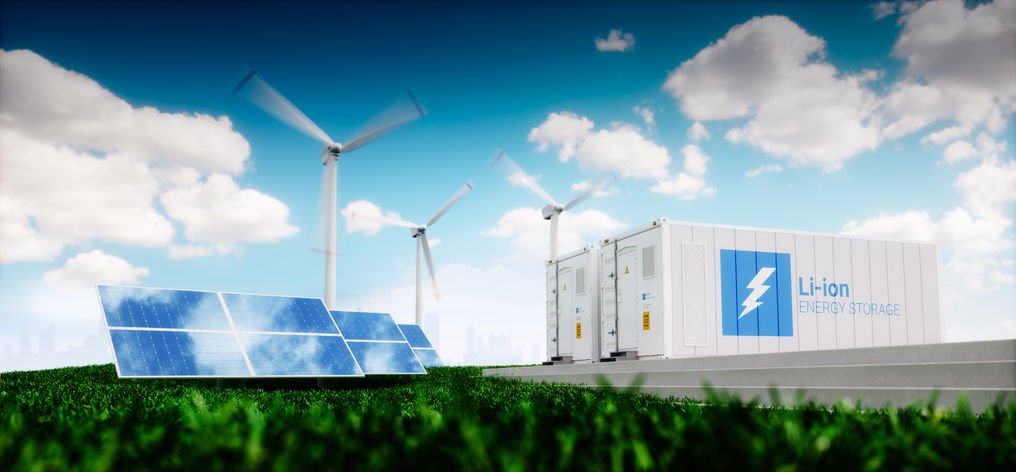A roadblock to sustainable energy solutions is coming unstuck
The way the world gets its electricity is undergoing a rapid transition, driven by both the increased urgency of decarbonizing energy systems and the plummeting costs of wind and solar technology. In the past decade electricity generated by renewables in the U.S. has doubled, primarily from wind and solar installations, according to the Energy Information Administration. In January 2019 the EIA forecast that wind, solar and other nonhydroelectric renewables would be the fastest-growing slice of the electricity portfolio for the next two years. But the intermittent nature of those sources means that electric utilities need a way to keep energy in their back pocket for when the sun is not shining and the winds are calm. That need is increasing interest in energy-storage technology—in particular, lithium-ion batteries, which are finally poised to be more than just a bit player in the grid.

For decades pumped-storage hydropower, a simple process that features reservoirs at different elevations, has been the dominant large-scale energy-storage method in the U.S. To store energy, water is pumped into the higher reservoir; when that energy is needed, the water is released into the lower reservoir, flowing through a turbine along the way. Pumped-storage hydropower currently accounts for 95 percent of U.S. utility-scale energy storage, according to the Department of Energy. But as efficiency and reliability have improved, and manufacturing costs have tumbled, lithium-ion batteries have surged. They account for more than 80 percent of the U.S.’s utility-scale battery-storage power capacity, which jumped from just a few megawatts a decade ago to 866 megawatts by February 2019, the EIA says. A March 2019 analysis by Bloomberg New Energy Finance reports that the cost of electricity from such batteries has dropped by 76 percent since 2012, making them close to competitive with the plants, typically powered by natural gas, that are switched on during times of high electricity demand. To date, whereas batteries have largely been used to make brief, quick adjustments to maintain power levels, utilities in several states, including Florida and California, are adding lithium-ion batteries that will be able to last for two to four hours. Energy research firm Wood Mackenzie estimates that the market for energy storage will double from 2018 to 2019 and triple from 2019 to 2020.
Read more: Scientific American



